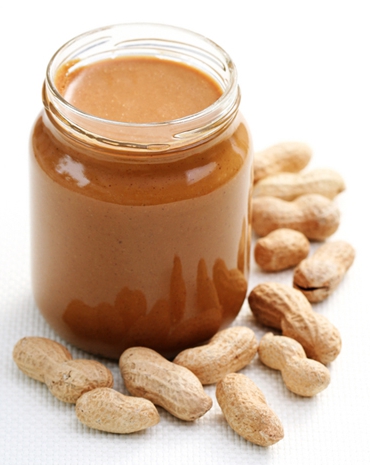
In modern times, the food industry in Russia is well developed. Large enterprises and small home-type firms divide the food market among themselves. There are imported products on the shelves of Russian stores. Entering the food market in Russia for a beginner involves tangible competition and great risks, so many businessmen do not even consider options for starting their own business in the field of food production.
Free Niches
But still there are such highly specialized market segments in Russia where there are no worthy competitors. For example, the production of peanut butter. This product has already found wide distribution in English-speaking and Anglo-Saxon countries, but in Russia little is known about it. Peanut butter (American and Dutch mainly) is on the shelves of Russian stores, but it is practically not in demand. Since there is no advertising, there is no promotion - the consumer is not used to this product.
Advantages and disadvantages
The production of peanut paste is a promising line of business due to the fact that the growing coverage of the country with supermarkets will soon lead to an increase in demand for snack products. Products like peanut butter are beneficial for both the manufacturer and the buyer - they are useful, have a long shelf life, are suitable for quickly satisfying hunger and do not require large financial costs and high-tech equipment for manufacturing.
This type of business still has one drawback - the production of peanut butter is possible only on imported raw materials, as it simply cannot be found in Russia. But even if transportation costs are taken into account, the profitability of the business will be high.
Production technology
The first thing to understand is that which is part of the peanut butter. This is a pasty mixture of refined ground peanuts, peanut butter, sugar, a small amount of salt, various flavors and stabilizers, providing the paste with the necessary consistency.
Now let's see what the production of peanut butter is. At the first stage, peeled peanuts enter the roasting apparatus, where they are processed for some time at a temperature of 200 degrees Celsius. Then the whole batch is cooled by special fans. This step is necessary so that the peanuts do not overheat and lose too much oil.
After cooling, peanuts enter a special installation, where it is rubbed between rubberized ribbons. This allows you to peel the nut. Next, peanuts are crushed in a crusher and poured into containers, where with constant stirring, it is heated to a temperature of 60 degrees Celsius. Sugar, salt, peanut butter, various flavoring additives - dried apricots, raisins, prunes, chopped nuts, etc. are added to the already obtained uniform mass.
The finished mixture is sent to the system for cooling, and then through a special pipeline to jars (or other containers). The last stage of production is the labeling and labeling of cans with peanut butter.
Necessary equipment
 Having studied the technology of production of pasta, we can conclude that it does not require high-tech equipment. Production units can be purchased both separately and in combination.
Having studied the technology of production of pasta, we can conclude that it does not require high-tech equipment. Production units can be purchased both separately and in combination.
In addition, you can use used equipment of this profile - this will significantly reduce the cost of its acquisition.
In addition, the specifics peanut butter production equipment allows you to use it if necessary (interruptions in the supply of peanuts, for example) for processing other raw materials.
The cost of a production line that was already in use, with a productivity of half a ton of peanut butter per shift, can leave from 20 to 30 thousand dollars (depends on the number of production units and their condition). Interestingly, the new peanut butter production line is not much more expensive.
The approximate prices of the individual elements included in the line are as follows: roasting apparatus - about 200 thousand rubles; industrial fan - 40 thousand rubles apiece; installation for cleaning - about 300 thousand rubles; crushing apparatus - within 20-40 thousand rubles, a mill - about 160 thousand rubles. The big advantage of the new finished production line is that all units are already equipped with conveyor belts and auxiliary equipment, as well as coordinated with each other.
Promotion
Since there are practically no peanut paste producing enterprises in Russia, the promotion of finished products on the market will be free from obstacles from competitors. As for the ways of promotion, there are several options. First of all, you can sell your products directly through shops and supermarkets in the country.
In this case, you need a team of sales managers who will convey information to potential buyers. Selling peanut butter through trading companies can also be a good promotion option. Their well-developed trading network will make it possible to penetrate even the most remote corners of the country. Peanut butter will be sold in bulk, which will provide the producer with good turnovers, and hence good profit.
Of course, to win a certain market share, you need a good advertising campaign. You can start from one region, gradually expanding your market presence to the level of the whole country.
Business development prospects
Summing up the above information, we can conclude that the production of peanut butter is a promising business that does not require huge investments or special skills. Industrial equipment for the peanut business will cost approximately 800-900 thousand rubles.
It is noteworthy that in addition to peanut butter, it can also be used to produce other products - roasted peanuts with various flavors, roasted sunflower seeds, pasta made from other types of nuts (almonds, hazelnuts, cashews, etc.). Risks, as you see, are minimal - in the absence of demand for one product, it is easy to organize the production of another.









